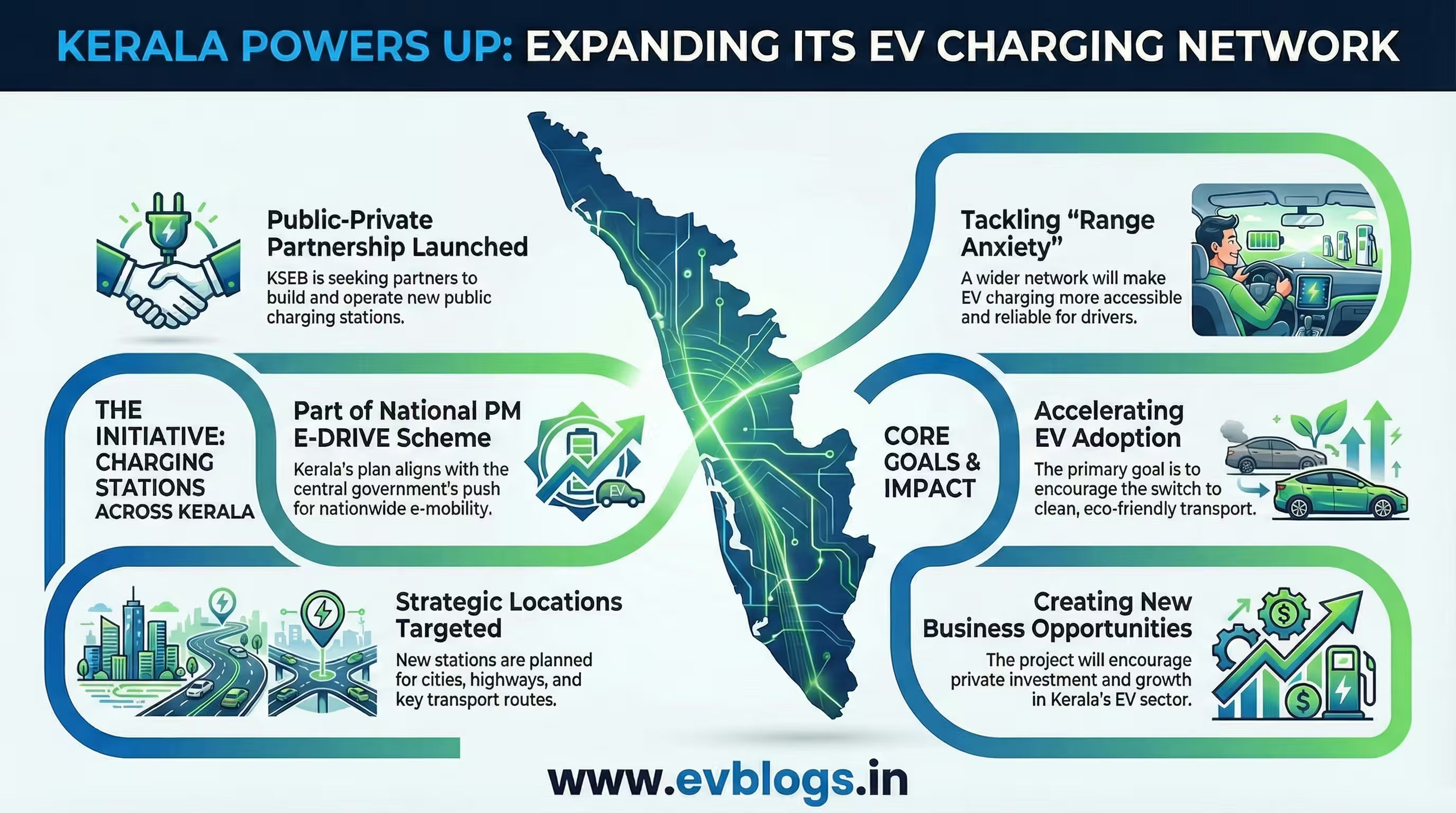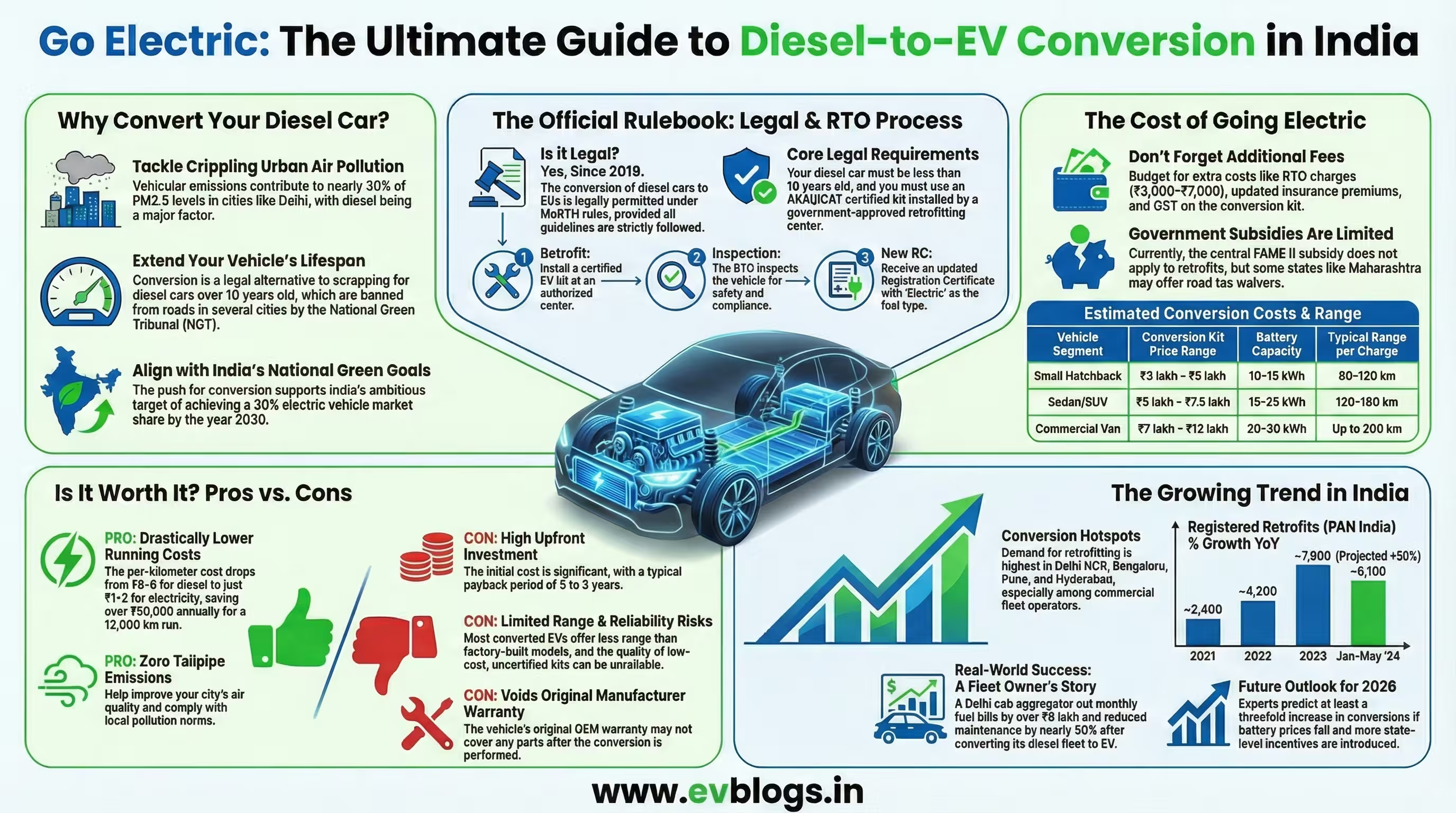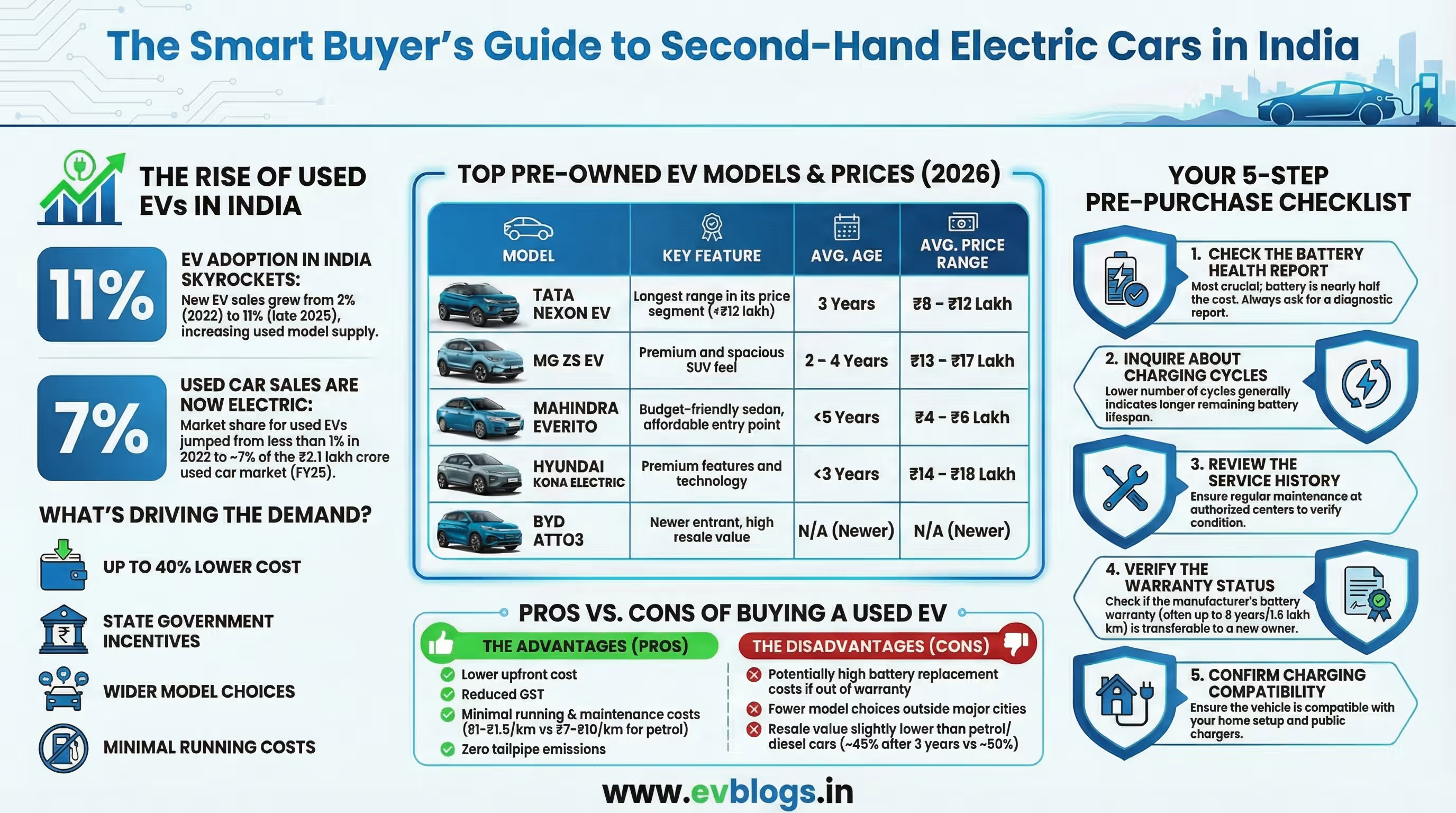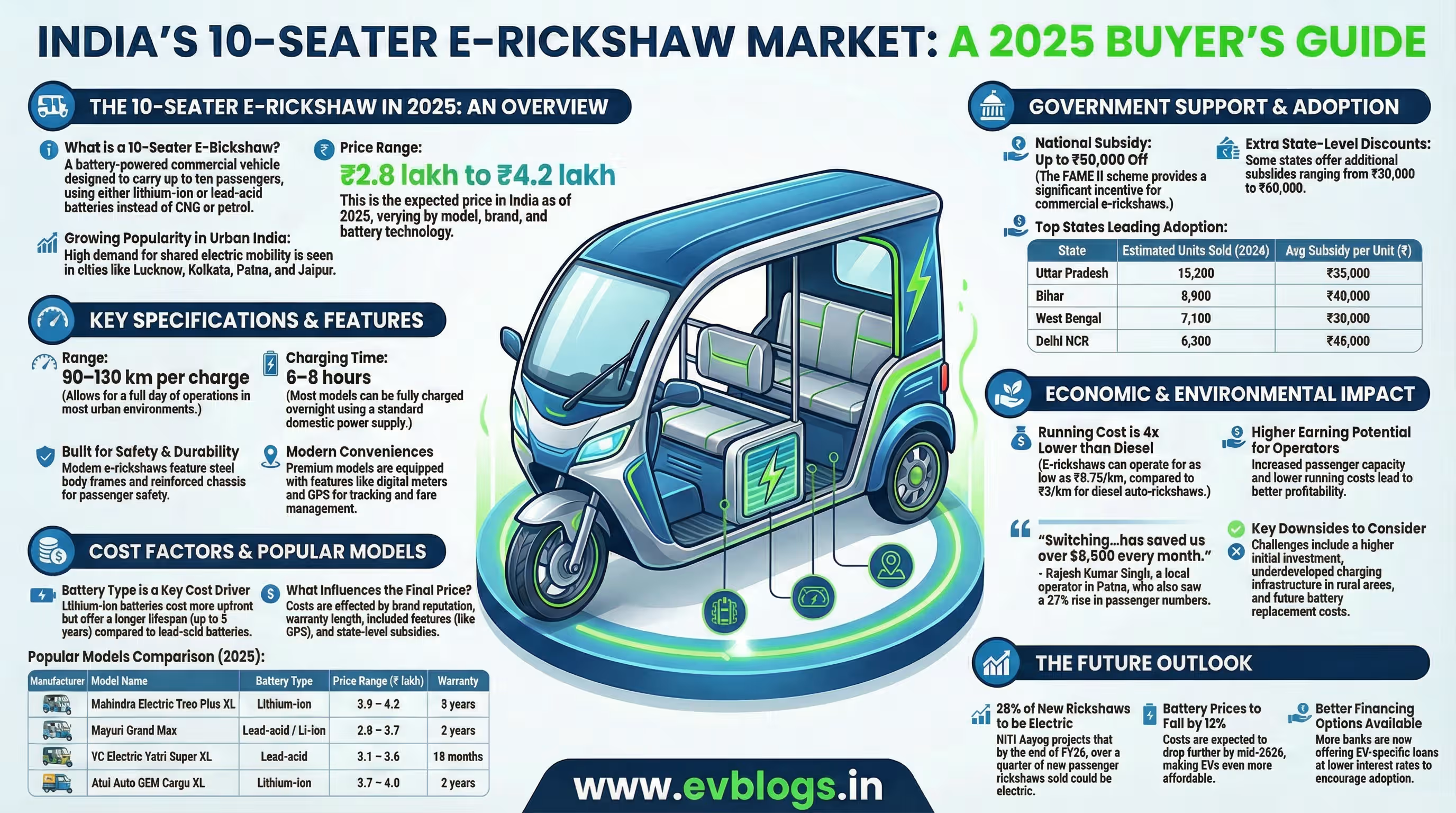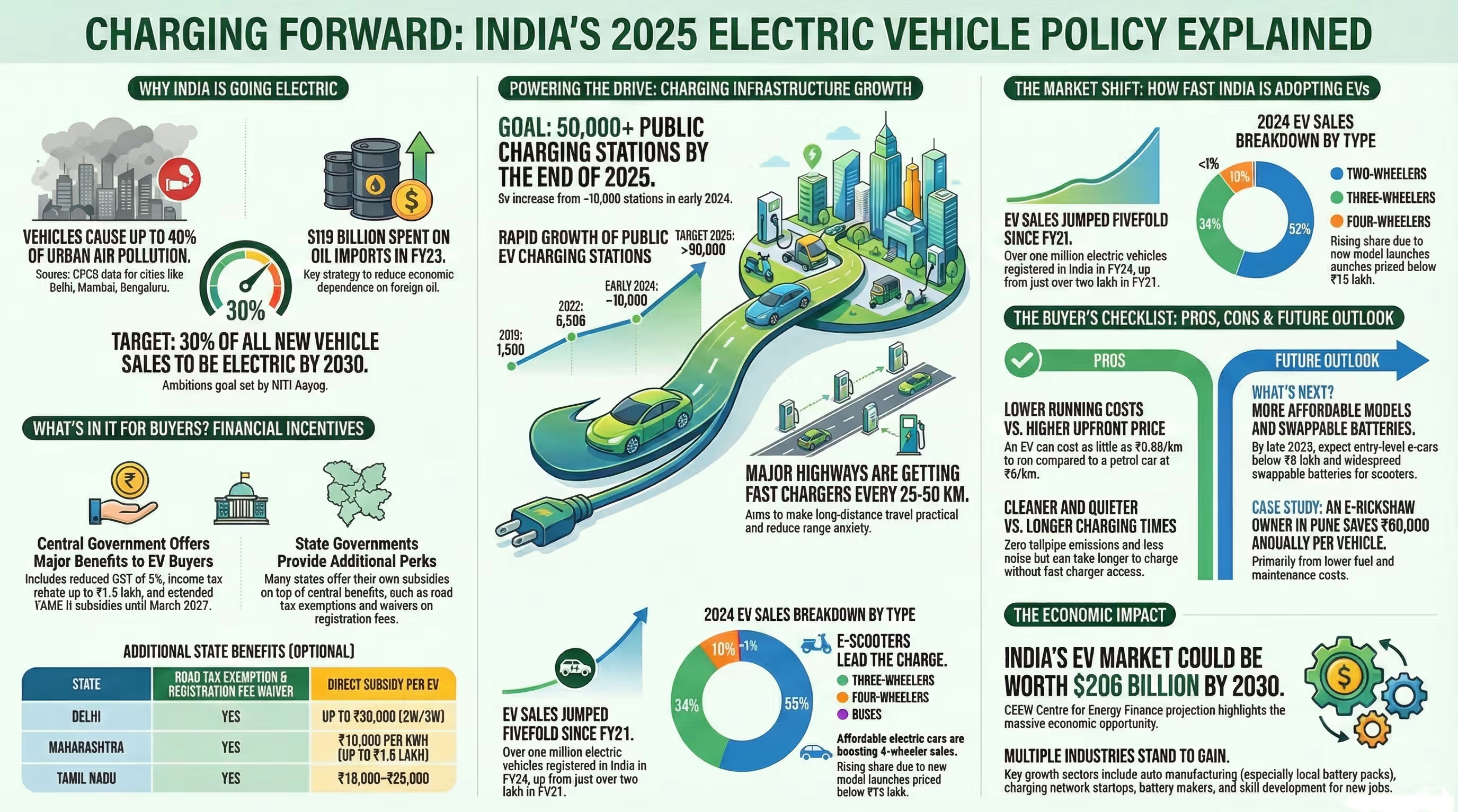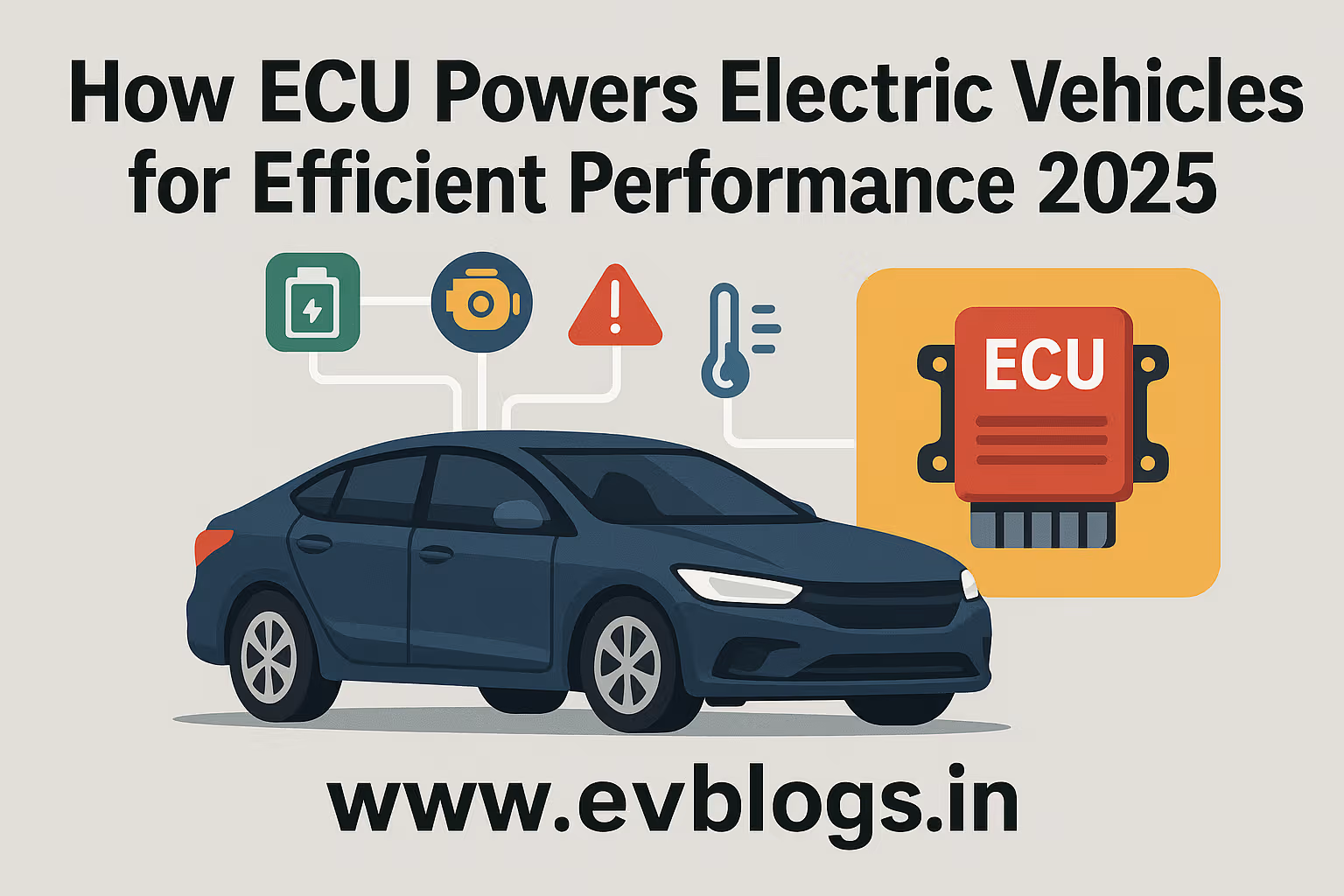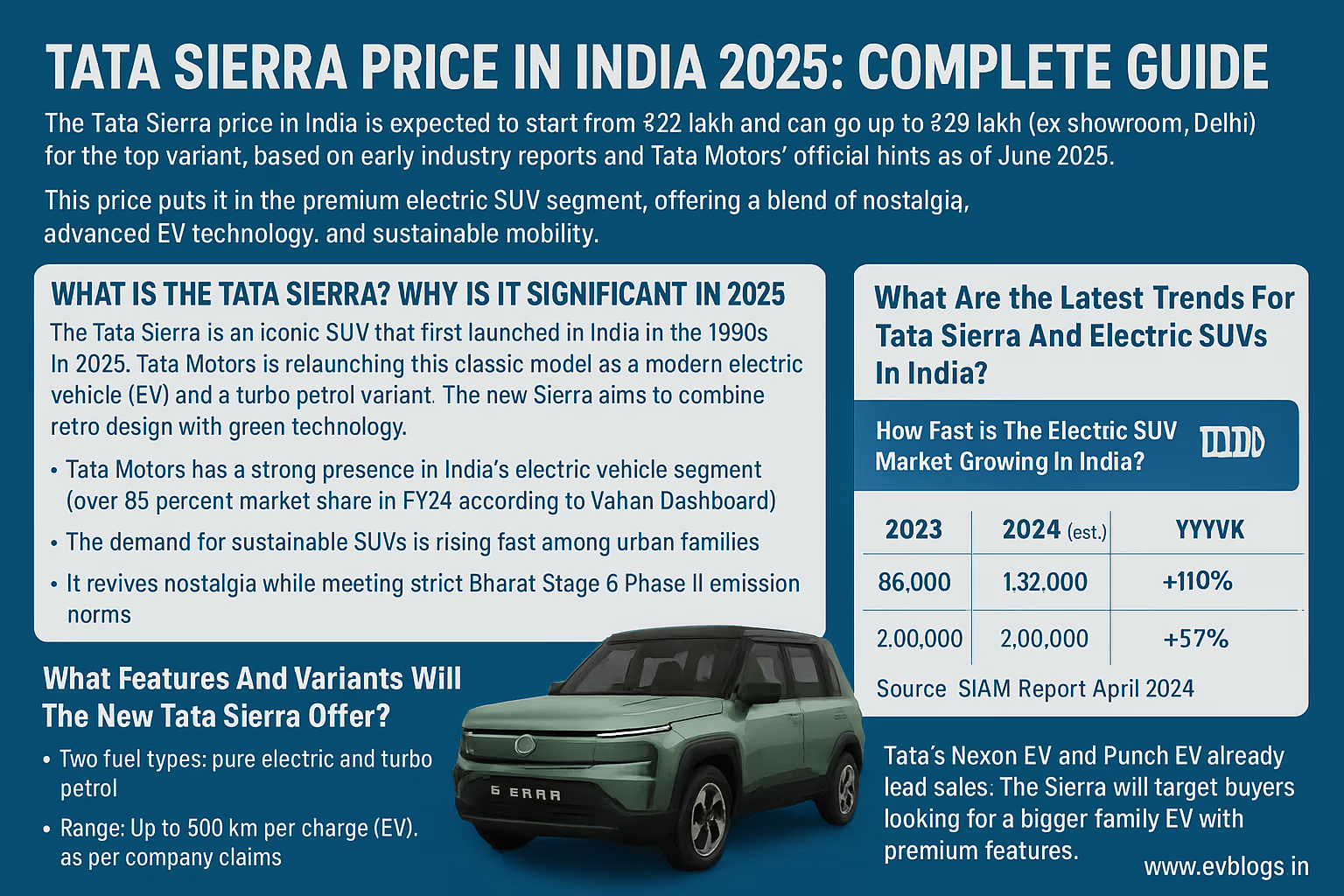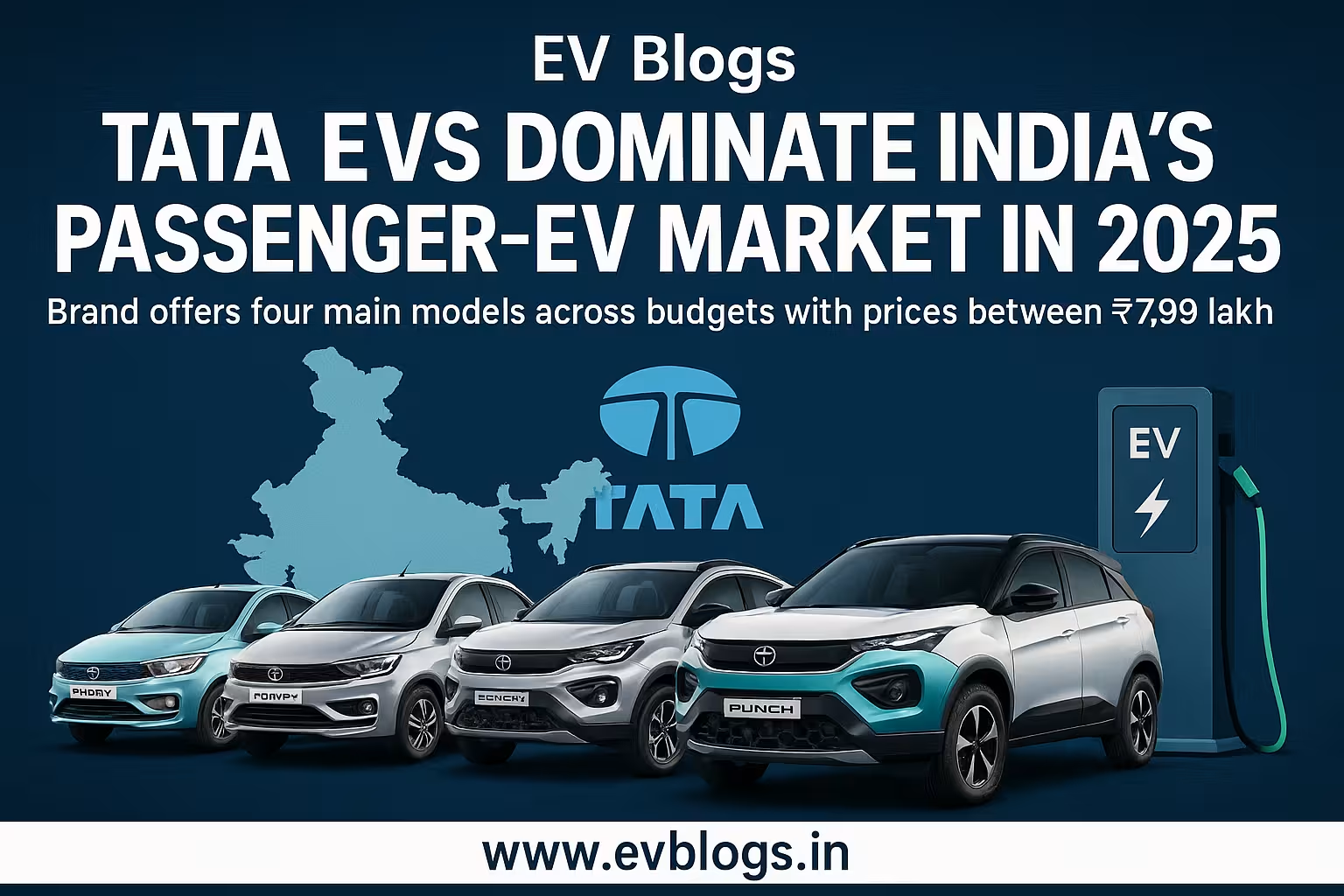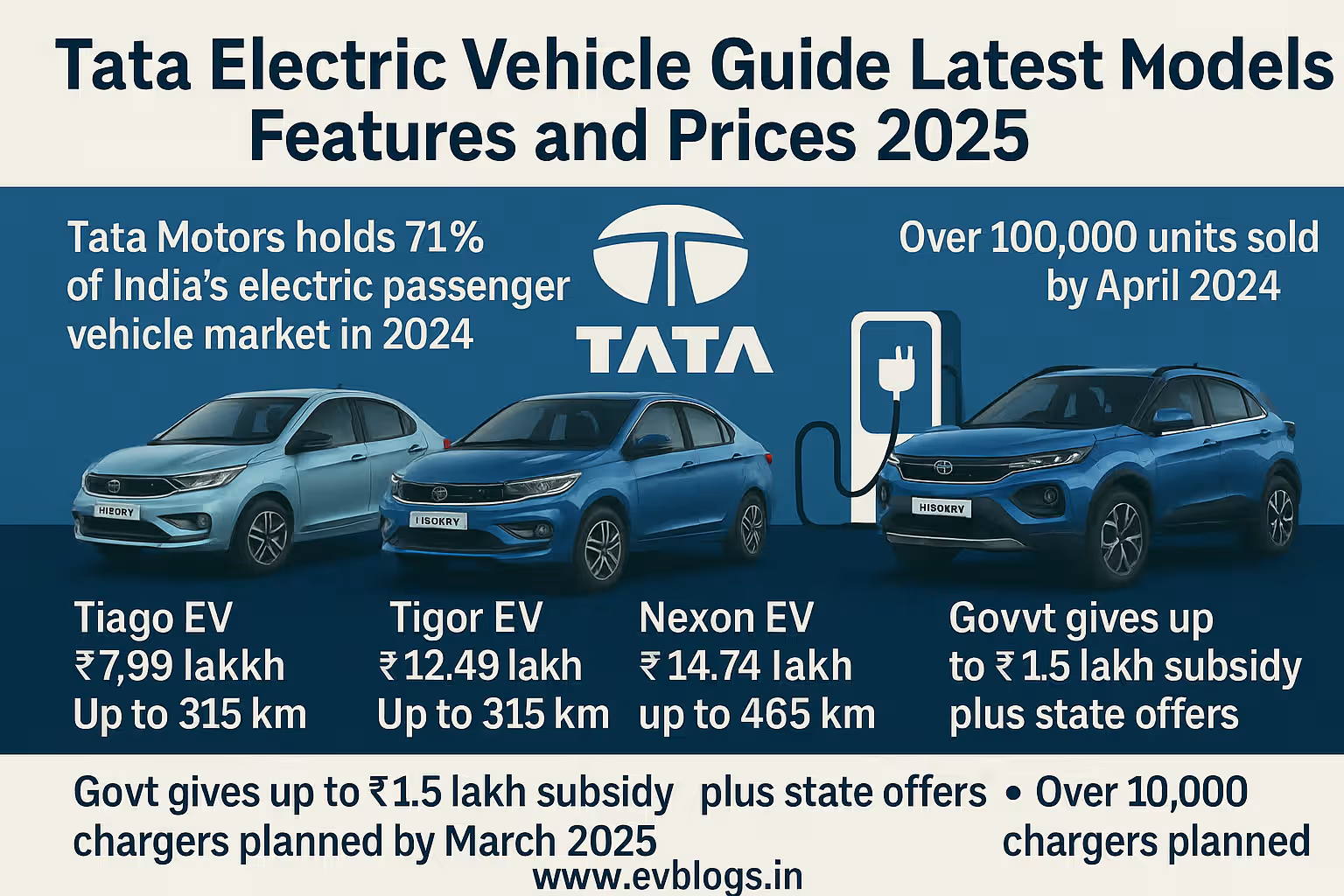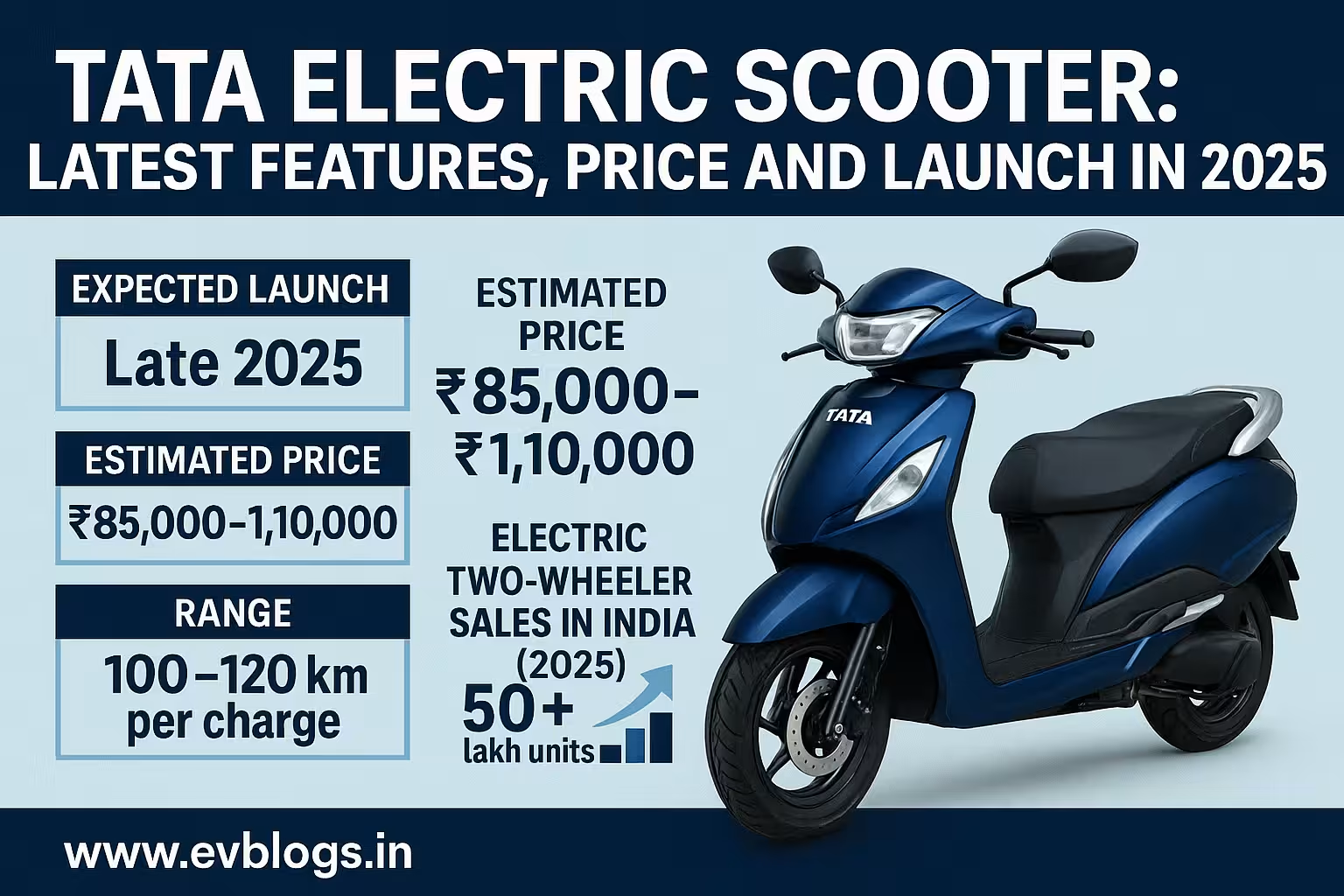Hedhvick Hirav
Hedhvick Hirav is a dedicated EV researcher and editor with over 4 years of experience in India’s growing electric vehicle ecosystem. Their contributions have been recognized in leading sustainability publications and automotive journals.
Summarize & analyze this article with
Choose an AI assistant and open this article directly:
Tip: if the AI doesn’t fetch the page automatically, paste the article URL manually.
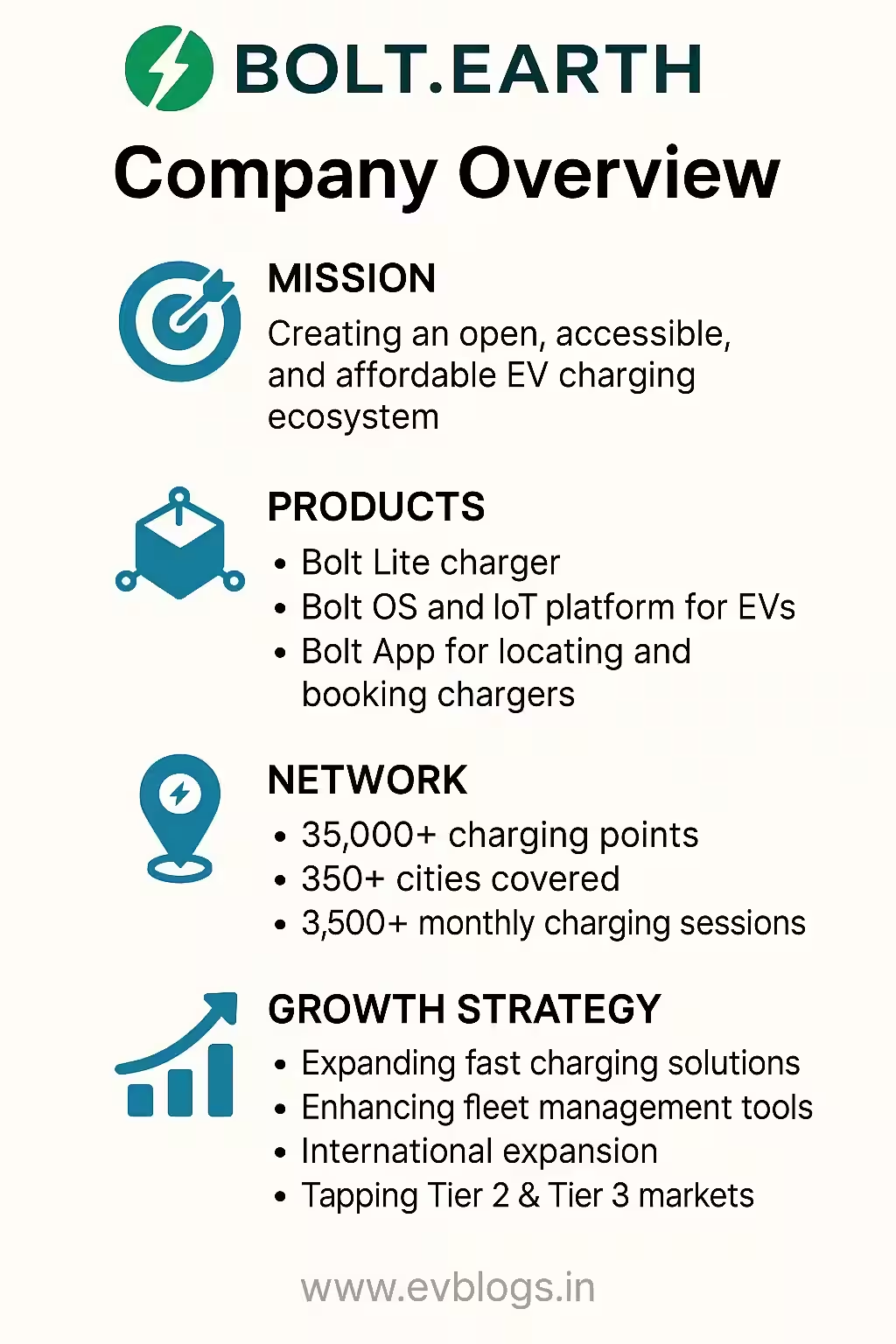
Bolt.Earth Decentralized EV Charging Ecosystem: Ultimate Guide of 2025
Introduction: The Importance of Decentralized EV Charging in India Today
India is at the crossroads of its electric vehicle (EV) transition. Since the cities are facing such problems as pollution and a dependency on fossil fuels, EVs are no longer a luxury item but must be. However, there is one major issue that is cast in shadow, the unavailability of convenient, dependable, and scalable charging infrastructure. To most Indians, be it city-goers, commuters, or entrepreneurs, the challenge is not actually able to buy an EV, but to know where and how to charge it since this is especially true in smaller metros.
This is where the Bolt.Earth Decentralized EV Charging Ecosystem appears. Bolt.Earth is different to other existing charging networks which are run by large companies or government wholesalers. It allows individuals and businesses to participate in the solution to this problem. Democratizing charging infrastructure, Bolt.Earth will help fill in the urban-rural divide, make EV charging affordable, and transform the adoption of EVs in India at scale.
In this article we discuss what makes the Bolt.Earth ecosystem so unique and how it operates in real-life conditions, who can join or what benefit can be derived by being a part of this ecosystem and why is it defining the future of sustainable mobility by 2025 and beyond.
What is the Decentralized EV Charging Ecosystem of Bolt.Earth?
Bolt.Earth is a technology-led platform aiming at creating the largest peer-to-peer (P2P) and decentralized network of EV charging points in India. Their model (launched by the Bengaluru-based startup BOLT, c/o Bolt.Earth) enables any individual or business, such as homeowners, shopkeepers, apartment societies, etc to put an affordable charging point and make it available to the community through a common app.
Key Features
- Open Network: Anyone can deploy charger hardware to become an owner (“host”) and it is affordable.
- App-Based: The process of finding, reserving, and paying charging occurs via the Bolt.Earth application.
- Interoperable: 2-wheelers, 3-wheelers (e-rickshaws), cars — works with the majority of Indian cars.
- Decentralized Model: Transfers power out of the hands of central authorities into the hands of common citizens and small-time businesses.
- Scalable and Flexible: They could be shared in both cities, semi-urban/rural.
How Does the Bolt.Earth Charging Ecosystem Work
Explaining the manner in which Bolt.Earth works enables users to understand its possible implications on everyday living and business.
Three Core Participants
Hosts: Charger Owners
- Either individuals or businesses have Bolt.Earth chargers installed on their properties.
- Set prices and availability at the preferable time through the platform.
- Passive earnings are collected on each charging session.
Users (Drivers) – EV
- Find chargers in the app nearby.
- Pre-book or order as and when needed.
- Digital payment; Completed in real-time.
Bolt.Earth Platform
- Performs the role of an aggregator, manages listings, payments, verifies users.
- Gives transparency data to hosts and drivers.
Part by Part: Set-Up to Charge
To Charger Owners
- Purchase an electricity outlet: Buy a certified Bolt.Earth charger (typically ₹3,000–₹15,000, rated to the specific watts).
- Installation: Can be installed with ease at home garage, shopfronts, apartments, no high technical skill needed.
- Register on app: Put charger on the list with location; charge per kWh/session.
- Go Live: On doing this, your charger is exposed to the other members of the network.
To EV Users
- Download Bolt.Earth on the App Store or Google Play; sign up using authenticated credentials.
- Search Chargers: Location/type/availability/power rating filter in real-time.
- Book & Pay: Require slot? Book up; pay through secure gateway UPI/cards/net bank.
- Vehicle Charging: Drive to a place; scan QR or app directions to start/book a session.
Who Are Eligible? Eligibility Criteria
To Charger Owners
- Legal right of access to installation premises (owners/renters).
- Provision of reliable electricity (connection).
- Readiness to abide by the minimum safety standards stipulated by BIS or local governments.
To EV Users
- Anyone who has electric 2 wheelers/3 wheelers/car which fits with regular Indian connectors (Type 2 AC/DC).
- App usage through ownership of smartphones.
- Possibility to use digital transfers (bank account/UPI/card).
Advantages of Bolt.Earth Decentralized Charging
Everyday Users & Communities
- Greater reach: Increased locations compared to concentrated providers — less range anxiety even in non-metros.
- Lower Prices: Host-to-host competition is likely to provide lower prices as compared to premium rapid chargers.
- Community Empowerment: Local enterprises bring employment, revenue, and green mobility.
- Decreased Waiting Time: More chargers mean less waiting during peak hours.
To Charger Owners & Businesses
- Passive income source.
- Brand Differentiation: Attract eco-conscious customers.
- Low Barriers to Investment: Affordable hardware leads to quick ROI.
Urban Planners & Policymakers
- Rapid scaling without waiting for big projects.
- Grid Flexibility: Distributed load reduces local congestion.
The Real-World Use Cases in India
- City Apartment Blocks: Shared chargers for residents, digital logbooks for usage tracking.
- Kirana Stores & Small Business: Install chargers to attract customers and generate side income.
- Rural Roads & Thruways: Highway dhabas/hotels use Bolt.Earth chargers to serve travelers and boost business.
Centralized vs Decentralized Charging Networks
| Aspect | Centralized Model | Decentralized Model (Bolt.Earth) |
|---|---|---|
| Ownership | Big companies/govt | People/business/society |
| Cost in Advance | High | Low |
| Expansion Speed | Slow | Fast |
| Accessibility | Limited | Wide (urban + rural) |
| Prices | Fixed/high | Competitive |
| Maintenance | Centralized | Local ownership |
Insights from Industry Leaders
“Peer-to-peer charging will play a key role in India’s EV growth without the need for billions in centralized infrastructure.”
— Rohan Rao, CEEW Mobility Analyst
“Allowing citizens to invest in clean infrastructure on a profit basis boosts adoption and innovation.”
— Dr. Anjali Mehta, Urban Policy Researcher
Tips for Using Bolt.Earth Chargers
As Charger Hosts
- Install in high-footfall areas.
- Offer discounts during festivals.
- Use signboards for visibility.
- Optimize pricing using analytics.
As EV Drivers
- Plan and book ahead during peak hours.
- Check connector compatibility before booking.
- Report malfunctions via the app.
FAQ
Q1: What is the price to install a Bolt.Earth charger?
A: ₹3,000–₹5,000 for basic 2W chargers; higher for faster models.
Q2: Can I allow strangers to use my charger?
A: Yes, securely through app authentication.
Q3: What if my charger has issues?
A: Remote diagnostics or on-site service available.
Q4: Are host earnings taxable?
A: Yes, under local tax laws.
Q5: Can I connect a non-Bolt charger?
A: No, only certified hardware is supported.
Q6: Will decentralized charging void my vehicle warranty?
A: No, if ISI/BIS standards are met.
Conclusion: Powering India, Community by Community
Electric vehicles are more than just new technology — they are a shift in how India powers mobility. Bolt.Earth leads this shift by giving infrastructure ownership and revenue potential to individuals and small businesses.
For EV owners and entrepreneurs, the solution might be right next door. India cannot wait decades for top-down solutions — community-powered infrastructure can make clean mobility happen now.
Sources
- NITI Aayog – India’s Electric Mobility Vision
- Council on Energy Environment & Water – Peer-to-Peer Charging Insights
- Bolt.Earth Official Website
- Ministry of Power – Guidelines on Electric Vehicle Charging Infrastructure
- Business Standard – India’s Growing P2P Charging Market
- Livemint – How Startups Are Democratizing Charging Infrastructure


